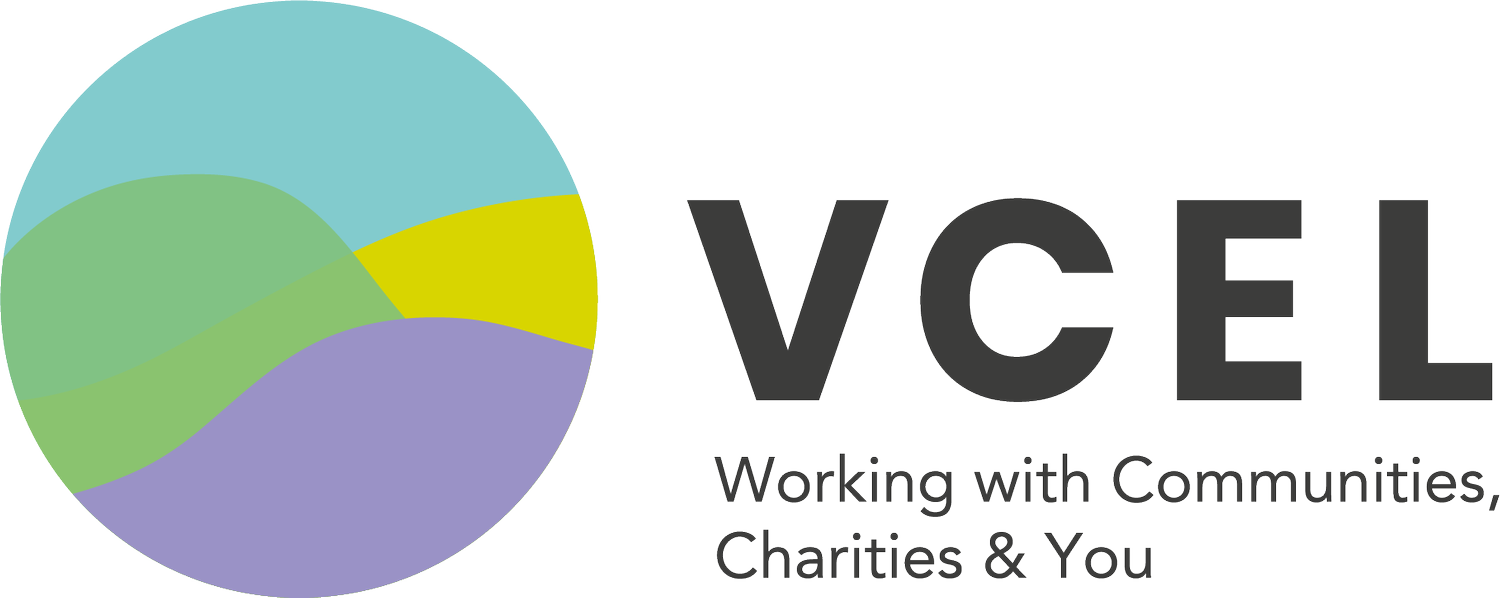Applying to Connecting Scotland
Guidance for organisations
Connecting Scotland is a Scottish Government programme set up in response to coronavirus.
It provides iPads, Chromebooks and support to develop digital skills for people who are all of the following:
digitally excluded – do not have an appropriate device and/or are not connected to the internet at home
on low incomes so cannot afford to buy a device or pay for internet access
at risk of isolation due to coronavirus because they’re in the extremely high vulnerability group or the higher risk of severe illness group
Getting online will help them access the services and support they need. It will also help them to keep in contact with their friends and family.
How it works
To reach these people, Connecting Scotland collaborates with local councils, public and third sector organisations who are already working with them.
Organisations and local councils get support from SCVO. This includes:
kit – internet enabled devices
connectivity – through mobile data
training and support – for staff and volunteers to become ‘digital champions’ to support people to use the internet confidently and safely.
Connecting Scotland is a partnership between the Scottish Government, local councils and SCVO. It’s supported by a range of organisations from across Scotland and the UK.
The Scottish Government funds the programme.
Who can apply
If you are a public or third sector organisation that works with this group of people in Scotland, you can apply for devices. Teams working within a local council can also apply.
Individuals and private sector organisations cannot apply.
SCVO will provide support for successful teams and organisations.
How to apply
You need to apply using the online application. A template version in Microsoft Word is available to help you prepare your answers.
Each local council has devices allocated to them to distribute to people living in their area. This document provides the number of devices available in each area. If your organisation works in more than one area, you’ll need to complete a separate application form for each area.
You do not need to submit a list of people you want to support as part of your application. But you’ll need to:
show how you’ll identify and choose people to support
outline what their digital inclusion needs are
identify members of staff to become digital champions and take part in mandatory digital champions training
You’ll also need to identify how this work can contribute to broader social inclusion or poverty reduction strategies.
This means showing how it supports other needs in local and national strategies including the:
Digital champions
A digital champion is a member of staff, or a volunteer, who’s already supporting someone, and has been trained by SCVO to help them get up and running with their iPad or Chromebook.
This approach builds on the relationships and trust that your staff have already built up with people.
Digital champions do not need to be technical people. They just need to be confident in their own digital skills. And, more importantly, they should have good interpersonal skills.
As part of their work with users, digital champions will give people regular, informal support for 6 months.
SCVO’s training for digital champions lasts 2 and a half hours and is delivered remotely. Digital champions will also get resources and ongoing support to help them fulfil their role.
How applications are assessed
Applications are assessed by SCVO and local councils. Their aim is to allocate devices to where they’re likely to have the biggest impact.
Connecting Scotland has developed scoring guidance to support the assessment process. But local councils and SCVO have the power to make the final decision.
The guidance recommends making awards to organisations based on evidence that shows they meet the following criteria:
they have previous experience of supporting the proposed people
how closely the needs of the people they support, fit the programme’s priorities
how much the support will contribute to broader inclusion or poverty targets
how much capacity they have to support people through the digital champion scheme
their capacity to capture data and learning
how they can demonstrate their organisation’s ability to deliver at speed to your proposed numbers
what alternative provisions their organization can make
The criteria are not weighted, but priority will be given to applications where organisations have existing contact with people, and capacity to support the programme objectives.
For example, regular contact with the people we’re trying to reach and staff or volunteers that can become digital champions.
What you’ll need to do if your application is successful
If your application is successful, your organisation will have to sign a grant agreement with SCVO.
The agreement covers:
the devices you’ve applied for
your expected commitment to the programme
SCVO’s responsibilities
It also covers general grant conditions. This covers things like:
an agreement to comply with data protection regulations
health and safety considerations
protection of vulnerable groups
other legislation that’s relevant to your organisation
sharing monitoring and evaluation data with SCVO
Monitoring and evaluation data will be shared with local councils, and the Scottish Government, over the following 12 months.
Devices
You can apply for iPads, Chromebooks or both. You need to decide which type of device is most suitable for your service users.
iPads come with a case for protection, but do not come with a keyboard.
iPads are likely to be more suitable for:
older people
people who have little or no digital skills
people with accessibility needs
Chromebooks are likely to be more suitable for working age people, or families with children in education.
Frequently Asked Questions
Who will meet the cost of sending out the iPads and Chromebooks?
SCVO will arrange distribution to successful teams or organisations. Then the teams and organisations will be responsible for delivering them to the people they’ve identified as needing them.
Who owns the device?
Once a device is given to someone, they will own it.
You’ll need to ask them to agree to terms and conditions as part of accepting the device. This will include sharing contact details and being involved in evaluation activities.
What mobile network is used for Mi-Fi devices?
Vodafone is currently the default supplier. There may be some flexibility for cases where Vodafone does not offer coverage.
What is the data allowance for the MiFi?
The current base allowance is 20GB per month.
What if someone has no mobile reception?
We are unlikely to be able to provide connectivity to people who live in areas with no mobile reception. However, exceptional cases may be considered, so please highlight in your application if this is a consideration.
Who pays for the data after 12 months?
People will be able to get free data for 12 months.
You do not have to commit to being able to support this for any longer than this. We’ll contact people towards the end of the 12 months to explain their options.
How we help people to afford data will be considered as part of the long-term strategy to support digital inclusion at a national level.
Questions?
Contact digital@scvo.org.uk if you’ve any questions about the Connecting Scotland programme.

